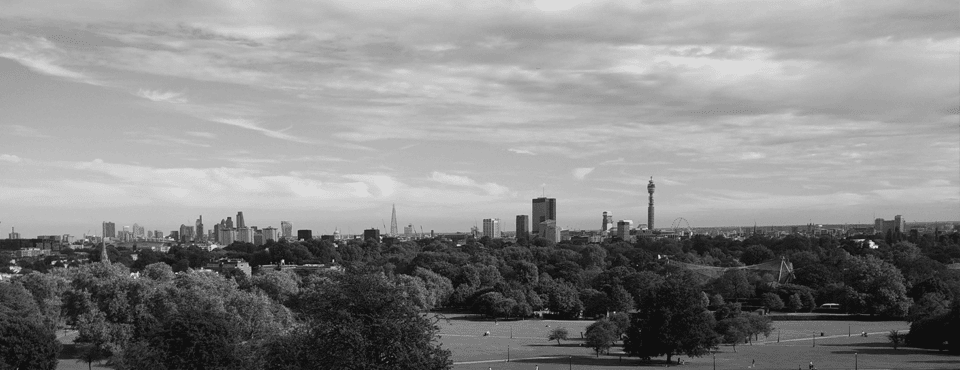
The effects of Greenbelt policy in England
Repost from spatialeconomics.nl
Should we build in the city or open land outside the city? Are restrictions on urban expansion a good idea or not? Green areas around cities where construction is forbidden – called ‘greenbelts’ in England – serve to curtail the growth of cities. London, for instance, established its Greenbelt following World War II, effectively maintaining the city’s size at 1950s levels despite population growth. So the question is: What are the advantages and disadvantages of these greenbelts? I study this question in a recent article published in Economic Journal.
Costs and benefits of Greenbelt policy
The benefits of greenbelts predominantly arise because of the proximity of a green area to one’s home because green space is particularly appreciated by those residing nearby. Removing greenbelts would inevitably lead to residents having worse access to green space. We refer to those benefits as being the amenity effect of greenbelts. On the flip side, however, limiting the city’s expansion in terms of land area results in a higher population density inside the city, driving up land and property prices and adversely affecting housing affordability. This is referred to as the housing supply effect. These effects operate in opposite directions. In the paper, an empirical model is developed to assess which effect is more important.
Interestingly, the results suggest that the impact of the amenity effect, which involves the presence of green areas, holds a slight edge over the housing supply effect, which relates to the necessity of accommodating more people in limited space. This outcome is somewhat unexpected, given that economists generally tend to be critical towards excessive planning regulations.
Policy implications
The matter of protecting greenspace and limiting the size of cities applies to many cities worldwide. The debate primarily revolves around whether we should expand urban development beyond city limits or concentrate it within existing urban areas. The results of the paper suggest that favouring inner-city development is preferred over sacrificing green spaces.
However, a crucial precondition for promoting inner-city development to be successful is the presence of an amenity effect. If the protected green space do not or hardly generate amenities, it is not worth protecting.
Another condition for whether promoting inner-city development to work is that land use regulations within the city should permit high-density construction with tall buildings in order to prevent excessively steep housing prices from becoming a barrier to live in cities.
